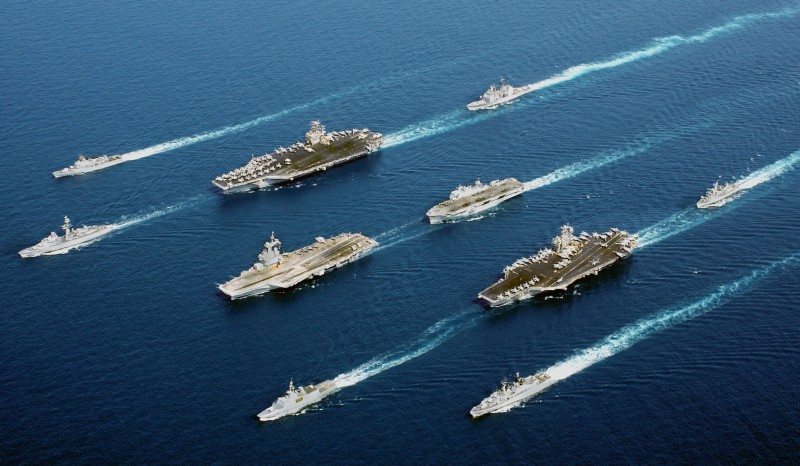Geoff S. Fein, Office of Naval Research
To rapidly develop a new way to deliver information to the fleet, the Office of Naval Research (ONR) has created a unique acquisition approach that developers will outline at the Feb. 22-24 Institute of Electrical and Electronics Engineers (IEEE) conference in Miami.
The Command and Control Rapid Prototyping Continuum (C2RPC), a collaborative effort between ONR, the Program Executive Office Command, Control, Computers, Communications and Intelligence (PEO C4I) and Commander Pacific Fleet (COMPACFLT), will improve battle commanders’ access to fleet readiness.
“This has been a change in how we do acquisition, in that we’ve been doing it in an accelerated timeline,” said Gary Toth, ONR C2 program manager. “It’s been a true partnership between science and technology (S&T) and the operational user.”
The effort is also the model for rapid acquisition at PEO C4I and is changing how that command does business too, he said.
Toth will deliver the keynote address on the first day of the IEEE conference on Cognitive Methods in Situational Awareness and Decision support.
C2RPC is a software application hosted on web servers at the Space and Naval Warfare Systems Command (SPAWAR) Systems Center Pacific in San Diego. The application runs from standard web browsers at COMPACFLT in parallel with operational, live data.
The next-generation C2 technology goes beyond tracks on a map. It provides continuous rapid delivery of warfighter capability, through direct fleet involvement, to support time sensitive decision making.
With C2RPC, crucial information about fleet readiness, gathered from multiple sources, will be available in one place at the same time. For example, logistics or ammunition load out will be accessible by operators on one computer.
Another advantage of the command and control system is the ability to geo-locate all of the resources under the command of warfighters–from allocation, to position, to available capabilities–to meet a host of mission scenarios from humanitarian relief to major theater conflict.
ONR support has been crucial to this effort, bringing the vision of what is possible in the future, said Capt. Bruce Stewart, director of operations, Pacific Fleet.
“You can make informed, aligned, decisions through the chain of command because everyone will be looking at the same information,” Stewart said. “It’s a great system, a great model, for how to develop systems with close collaboration of the fleet.”
Not only has C2RPC been released to Pacific Fleet for operational evaluation and day-to-day use, the tool is being used to provide daily briefs to Navy leadership and Adm. Patrick Walsh, commander Pacific Fleet, said Gary Shaffer, deputy technical director, chief engineer for emerging technologies (PMW-150), PEO C4I.
Sailors are becoming more accustomed to the technology that provides them with a global picture of fleet resources, Shaffer said. “We are in discussions with the 5th, 6th, 7th and 10th fleets,” he said. “They all want C2RPC.”
ONR and PEO C4I are also preparing to deliver for operational evaluation a capability called MAGIC MIRROR, which provides a 24-7 command and control capability to monitor and assess the Intelligence Architecture. “We will make the first delivery to PACFLT in mid-February for operational evaluation,” Shaffer said.
Sailors will get to work with MAGIC MIRROR during the annual weeklong Terminal Fury exercise. The training tests Pacific Command’s ability to respond to the broad challenges it faces in the region.










